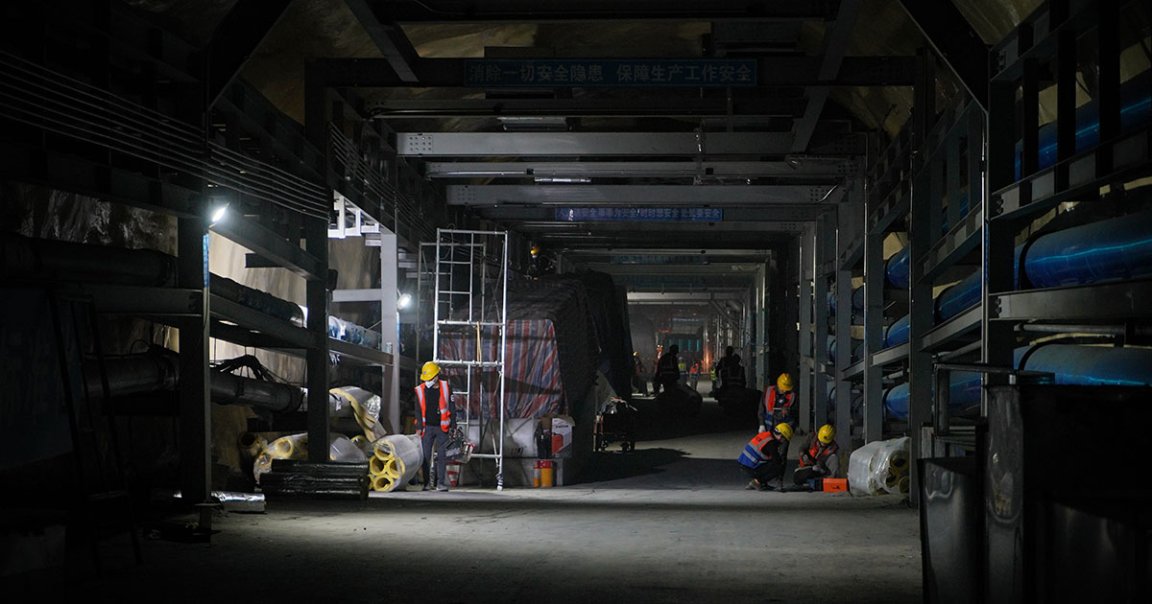
Dark Lab
Chinese scientists have opened the deepest and largest underground lab in the world.
The newly expanded facility, located around 7,800 feet below the Jinping Mountains, will allow scientists to study dark matter, the mysterious substance that’s believed to account for more than 80 percent of the mass in the universe.
While scientists believe it’s the “glue” that holds the structures of the universe together, we have yet to directly observe it, since it’s thought to be unable to interact with other matter or reflect or absorb light.
In short, China wants to be at the forefront of our efforts to solve this cosmic mystery that scientists have been bashing their heads against for almost a century.
Rock Shield
The first section of the facility, China Jinping Underground Laboratory (CJPL), opened its doors back in 2010. Construction for the 50-fold expansion dubbed CJPL-II began in 2020 and concluded in December, surpassing the previous record holder for the deepest and biggest underground lab, the Laboratori Nazionali del Gran Sasso in Italy.
Thanks to its immense size, scientists at the new facility will be able to hunt for dark matter with over a mile of rock protecting their detectors from interfering cosmic rays.
Without being underground, trying to detect dark matter on Earth is “like trying to hear the tiny voice of a child inside a stadium where everybody’s shouting,” National Institute of Nuclear Physics in Bologna physicist Marco Selvi told Nature.
Scientists at the CJPL have upgraded from a 264-pound liquid xenon detector to a 4-metric-ton one called PandaX-4T. Scientists are hoping that dark matter particles will collide with a xenon atom, an event that should theoretically emit enough light to show up on the detector’s photosensors.
“With better sensitivity, we can play with the detector and test the different types of interactions,” PandaX-4T team member and Shanghai Jiao Tong University physicist Ning Zhou told Nature.
A different detector, called the China Dark Matter Experiment (CDEX), is designed to detect a single type of dark matter particle and uses germanium, a rare chemical element similar to silicon that scientists are hoping to use to pick up signs of Weakly Interacting Massive Particles (or WIMPs), one of the most promising proposed candidates for dark matter.
In short, the race is on. With a massively upgraded underground lab, China is putting its best and most expensive foot forward in the worldwide hunt for dark matter particles.
But even with the best detectors in the world, the mysterious substance remains a mystery.
“We still have lots of stuff to do,” Zhou told Nature.
More on dark matter: Scientists Say There May Have Been a Second Big Bang